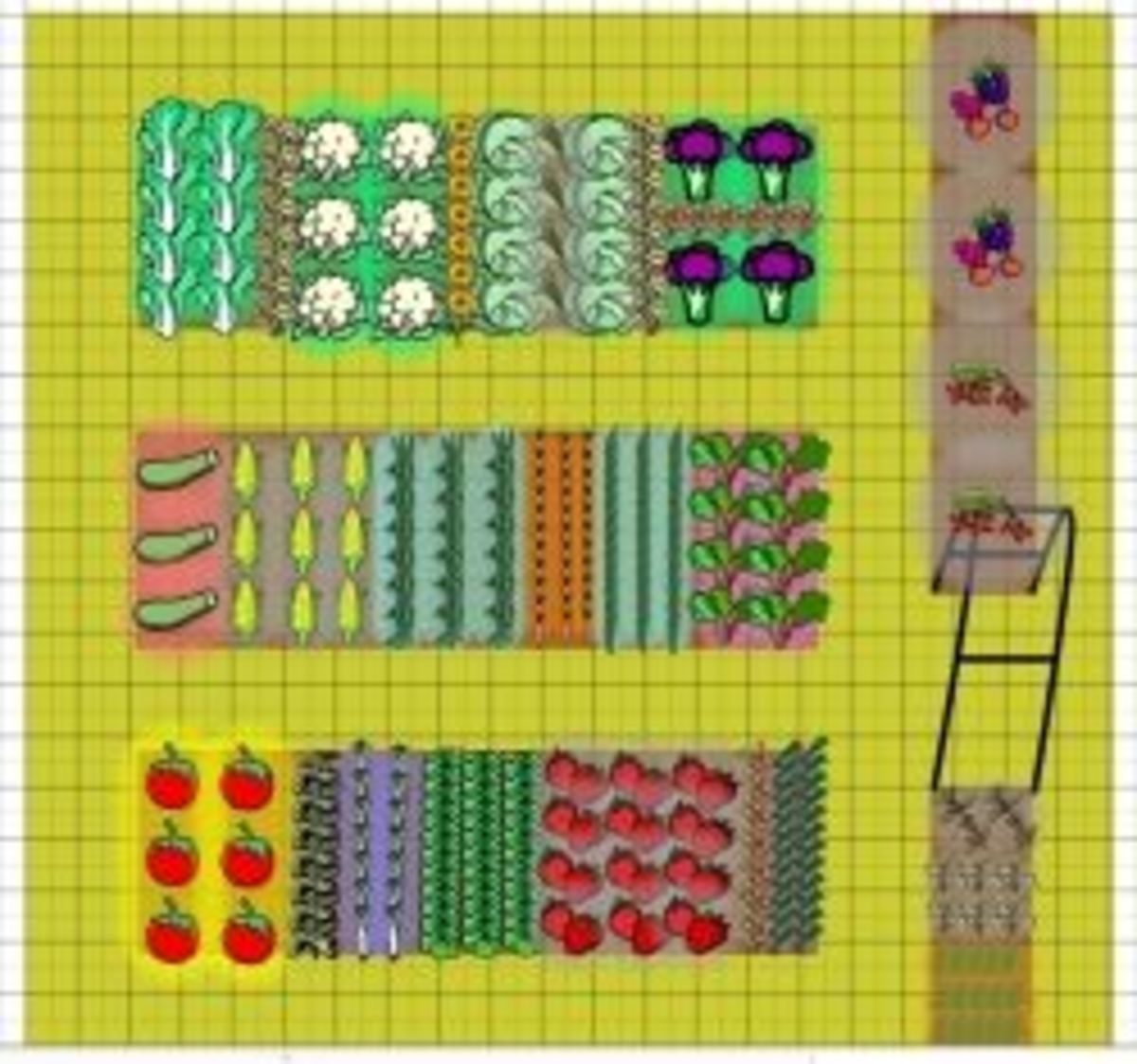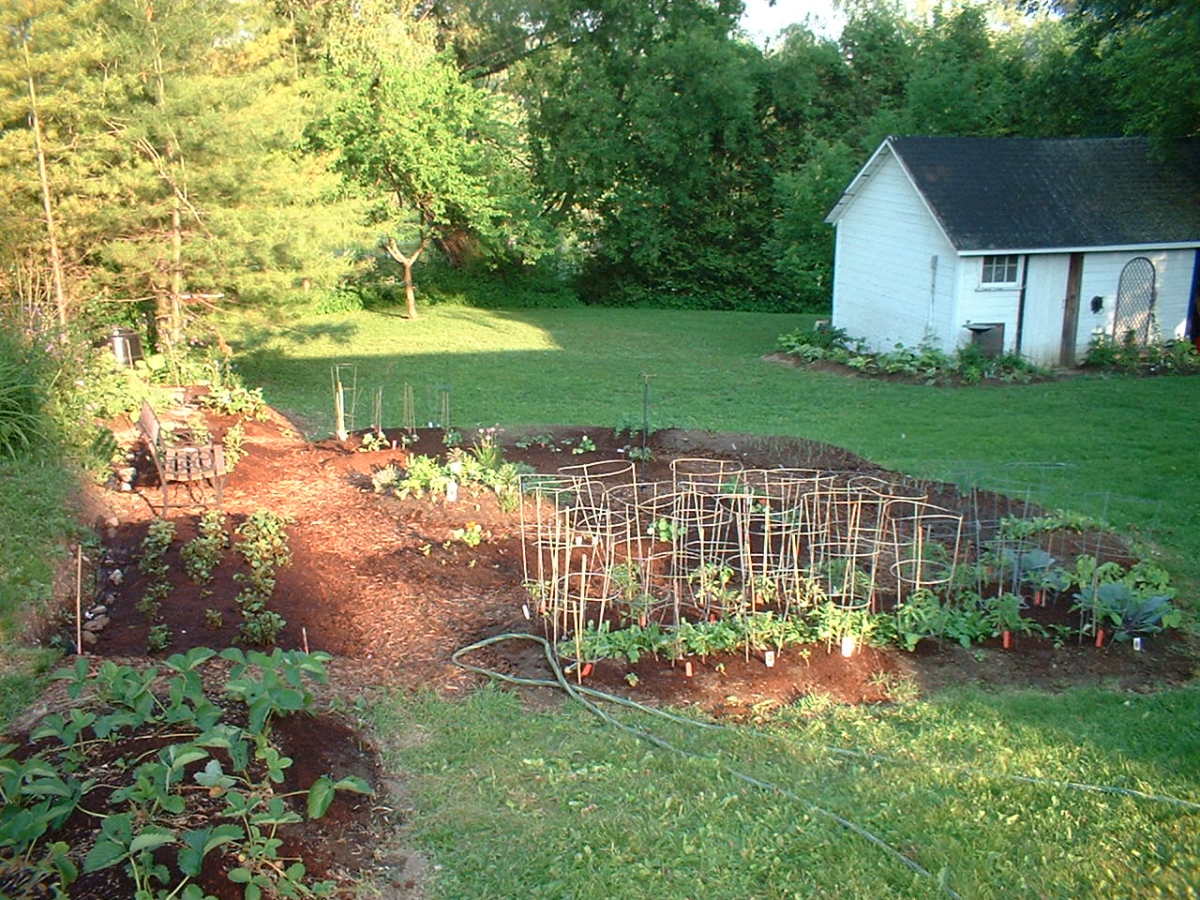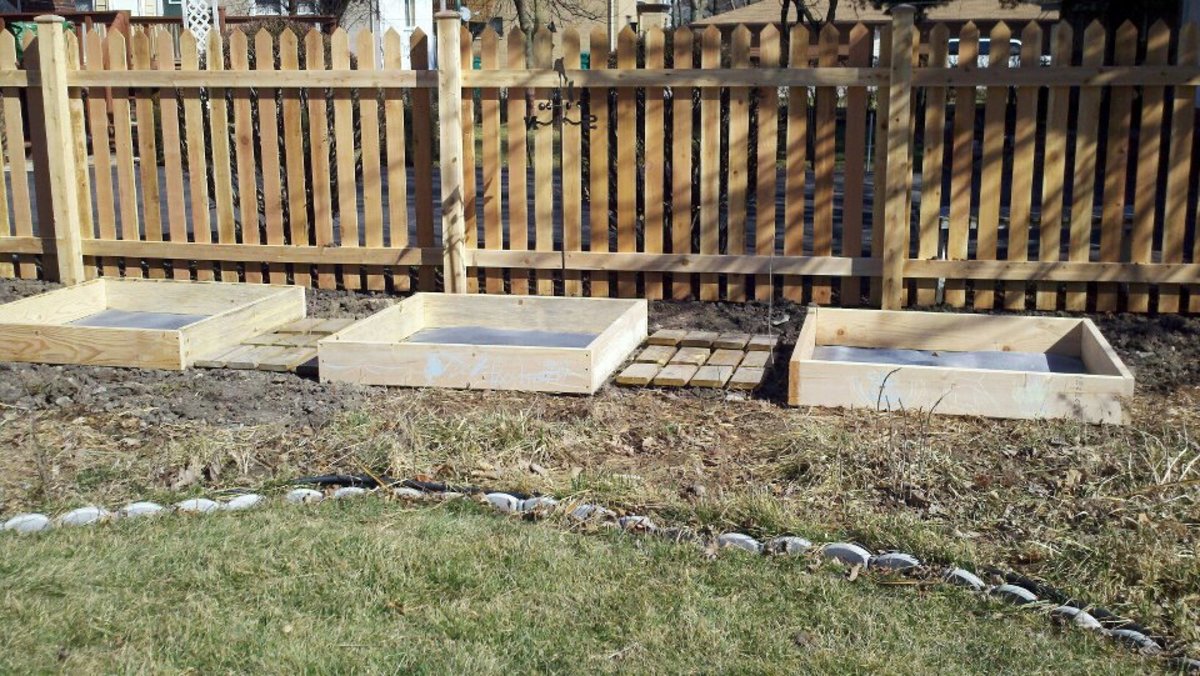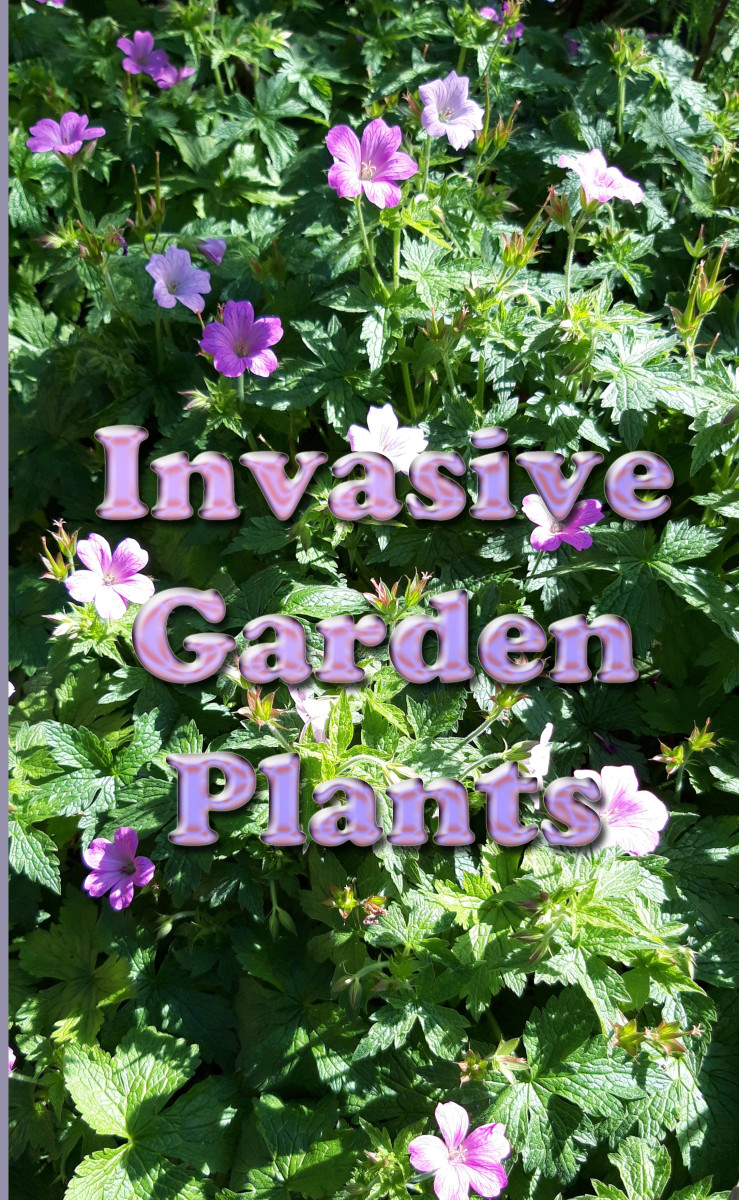What supplies are needed to make a raised garden / beds?
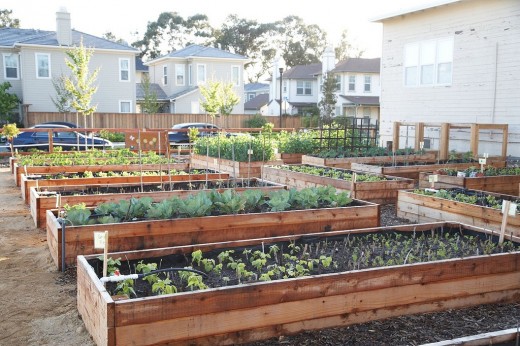
Raised gardens are a wonderful way to grow flowers or vegetables. They are much easier to maintain than a regular bed or border and they make gardening far more possible for the disabled, older people, or those suffering with joint problems that prevent them from crouching or kneeling down. It might surprise you how easy it is to create a raised garden, and this hub aims to explain exactly what supplies you will need and how to go about making a raised garden without it costing you a large amount of money.
It is possible to buy commercially made raised garden kits, some made from wood, and some made from heavy duty plastic materials. What I have found is that these kits can be prohibitively expensive for anything other than a very small raised bed. Most people who would like to have one raised bed would probably like to have more than one, and this can quickly set you back several hundred pounds or dollars. Why spend silly amounts of money buying in a kit when you can make a raised garden of your own by using some recycled second hand decking or some inexpensive planks of wood?
I hope you find this short hub useful and that you are soon busy building raised gardens and beds wherever you need them.
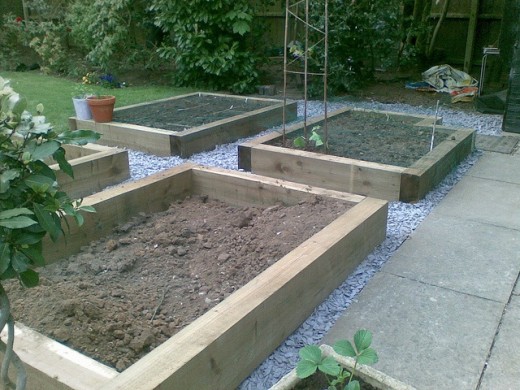
The Advantages of Raised Gardens
There are many advantages of raised gardens, beds or borders, and I have listed just a few of them below to illustrate why I believe they are such a good idea.
- You can fill them with whatever soil mix you prefer and make sure the soil is free of pests and stones. This also allows you to fill your raised bed with soils that are suitable for your chosen plants, so for example if you have a very acidic soil you can fill your raised garden with an alkaline mix.
- You can build the raised bed as tall as you need to, whether it is only 6 inches high or 4 feet.
- If raised up over a couple of feet it will prevent dogs urinating on vegetable crops.
- A raised bed is harder for rabbits to access and destroy your plants.
- People who suffer from joint pain don't have to bend or crouch down in order to tend their garden.
- People in wheelchairs can continue to garden at a height suitable for them to work from their chair.
- Senior citizens may well be able to continue to enjoy gardening for a number of years longer if they don't have to stoop down to weed and care for their plants or vegetables.
- Raised gardens can be cared for using the 'No Dig' method, essentially relying on thick mulches to prevent weed growth, and doing the same at the end of the growing season so the worms dig in the mulch for you over the winter months.
- Grass will not 'creep' onto your raised bed as it will if the bed is at the same level as your lawn.
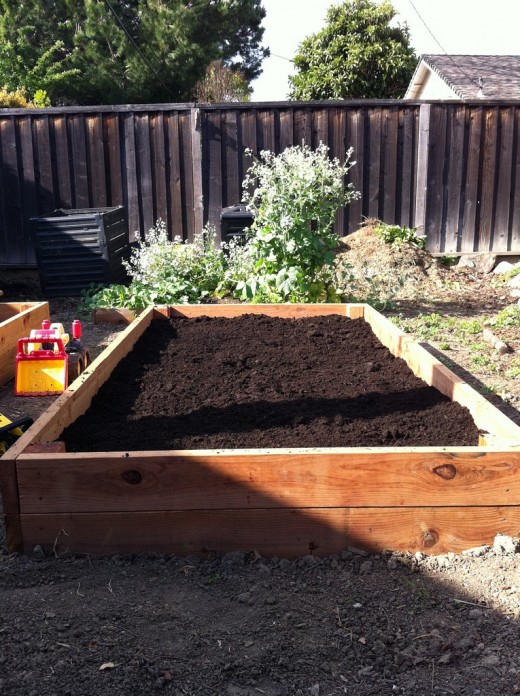
Basic Supplies Required.
- Planks of wood or second hand decking cut to the appropriate sizes for your raised bed, (use untreated wood if you plan to grow vegetables in the resulting bed.)
- At least four vertical wooden posts cut to the height you want your resulting bed to be plus an extra third. You may need more posts if your raised bed is going to be a large one.
- A sledgehammer or mallet to drive the posts into the ground.
- Long outdoor screws.
- A drill.
- A saw.
- A spirit level.
- A can of spray paint.
- A pencil.
- A tape measure.
- A garden fork or spade to break up the soil at the bottom of the bed.
- An appropriate soil mixture to fill up the completed raised bed.
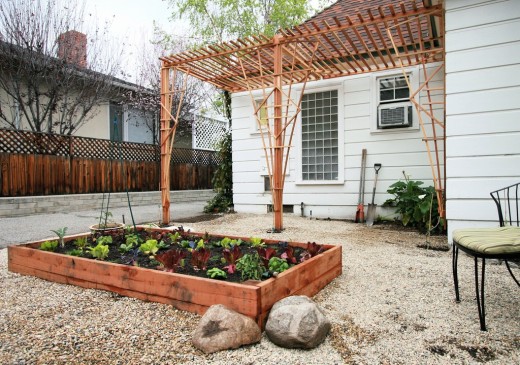
My Method
- Prepare the area of ground you intend for your raised bed by digging it over to about 12 inches deep and removing any stones or tree roots etc.
- You should have at least four planks of wood, two each cut to the appropriate lengths for the ends and sides of your raised bed (or more of equal lengths if you want it taller.)
- Using the tape measure to ensure the distances are correct for the post they need to be attached to, mark approximately three vertical drill points on the ends of each plank with a pencil. Pre-drill holes through these.
- Use the tape measure to measure the distances that match your plank lengths on the soil area you want your raised bed to be placed. Mark the four corner points (or more points if the length of each plank is very long) with spray paint ready for the posts.
- Use the tape measure and the pencil to mark the one third point on each of your vertical posts.
- Drive the four posts (or more) into the ground to a few inches short of the one third mark.
- Balance a plank of your wood across the tops of the posts, and then using the spirit level on top of this plank gradually tap each post in until all of them are level with each other and your overall posts are at approximately the 'one third buried and two thirds above ground' point.
- Now use your drill to screw your planks of wood to the posts using your outdoor screws inserted through the pre-drillled holes. Repeat this process until your planks are all level with the tops of the posts. If there is an excess of post above the level of the planks use the saw to cut these off until the posts are all level with the highest planks.
- If you have a problem with any air space at the bottom of the planks next to the soil, fill these areas with soil and compress them with your shoes.
- Now you can use your chosen soil mixture to fill the bed to a few inches from the top., (you might need to top this up in a week or so once the soil has naturally settled down.)
How to Build a Good Quality Raised Vegetable Bed.
Build a raised bed for around $5 by recycling pallets.
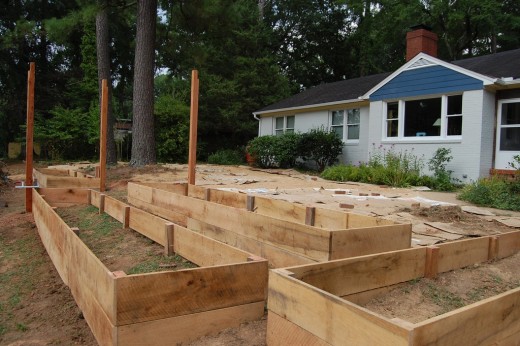
I can also suggest that railway sleepers act as excellent sides for raised beds. Because they are so heavy no drilling is necessary, and although sleepers are expensive they will last a lifetime and are very hard wearing.
Another (not so) attractive option is corrugated iron, which can be part buried into the ground supported by stakes, and will successfully contain the soil within the raised beds. Probably more practical on a vegetable allotment as opposed to an attractive flower garden.
Stones and concrete breeze blocks can also be utilised, and breeze blocks particularly are easy to work with. Normal garden rocks and boulders will look nice, but you will need to compact loads of soil between them in order to contain your chosen soil medium unless you choose to concrete them together.
Have you found this article helpful?
#25 of 30 in the March 2012 Challenge.


